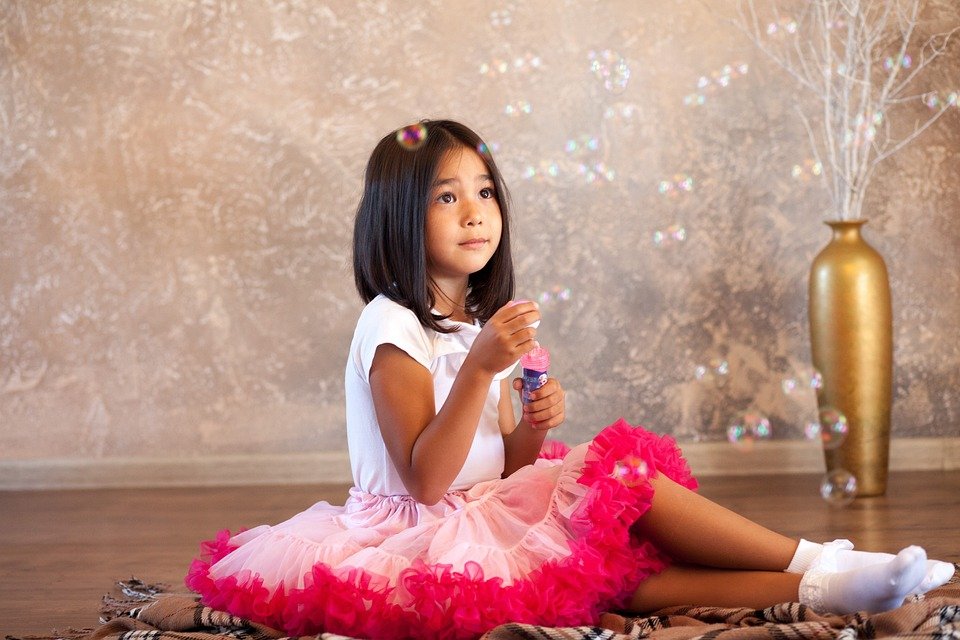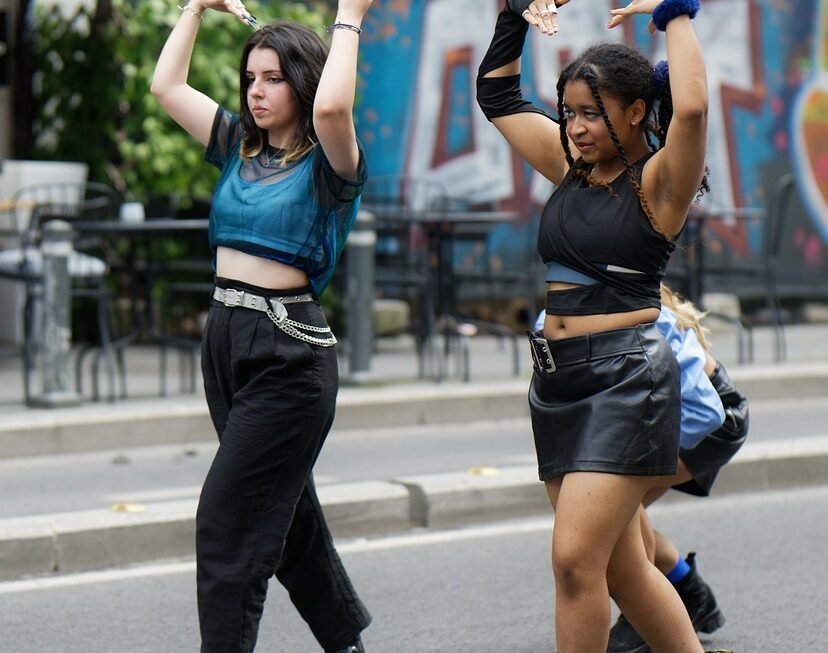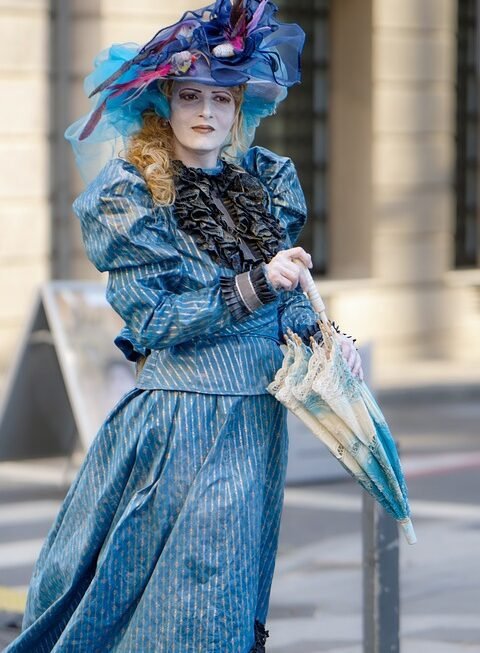Visual arts have a unique power to inspire, provoke thought, and drive social change. From paintings and sculpture to photography and graphic design, the creative expression in visual arts has the ability to capture people’s attention and evoke strong emotions. This power of creativity can be harnessed to influence change in society in a variety of ways.
One of the main ways in which visual arts can influence change is by raising awareness about important social issues. Artists have the ability to shine a spotlight on topics that are often ignored or misunderstood, such as poverty, inequality, injustice, and discrimination. Through their art, they can convey powerful messages that resonate with viewers and compel them to take action. For example, the iconic “We Can Do It!” poster created by artist J. Howard Miller during World War II became a powerful symbol of women’s empowerment and equality in the workplace.
Visual arts can also serve as a means of protest and resistance against unjust systems and oppressive regimes. Artists have a long history of using their work to challenge authority and speak out against injustice. For example, the powerful street art of Banksy often addresses political and social issues, such as war, poverty, and surveillance. By creating thought-provoking and visually impactful pieces, artists can spark conversations and mobilize people to stand up for change.
In addition to raising awareness and sparking activism, visual arts can also play a role in promoting healing and reconciliation. Art therapy, for example, is a powerful tool for helping individuals process trauma and overcome emotional challenges. Through creating art, individuals can express their feelings and emotions in a safe and therapeutic way. In communities affected by conflict or violence, art projects can bring people together to promote understanding and peace-building.
Furthermore, visual arts can be an effective tool for education and empowerment. By incorporating art into educational curriculums, students can learn about history, culture, and social issues in a engaging and creative way. This can help them develop critical thinking skills and empathy towards others. Art programs in schools and community centers can also provide a platform for marginalized groups to have their voices heard and express their experiences through art.
Overall, the power of visual arts to influence change lies in its ability to communicate complex ideas and emotions in a way that resonates with people on a deep level. Through creativity and imagination, artists have the power to inspire, challenge, and unite individuals to create a better and more just society. As we continue to navigate the challenges of our world, let us remember the transformative power of visual arts and the role it can play in shaping a more compassionate and inclusive future.




